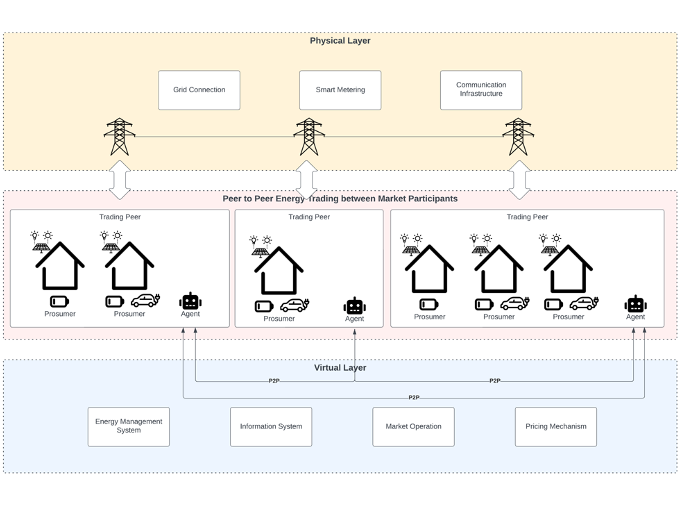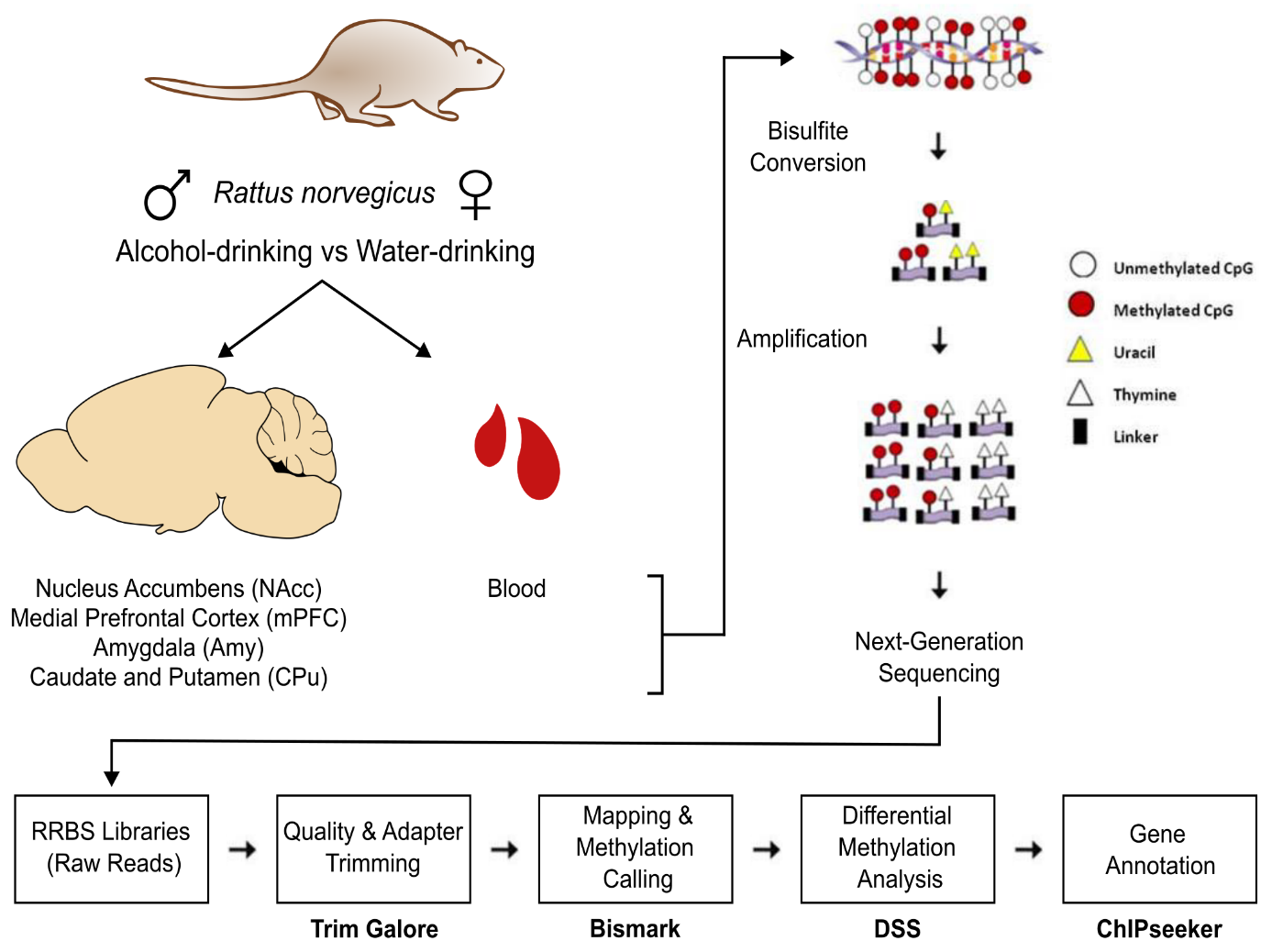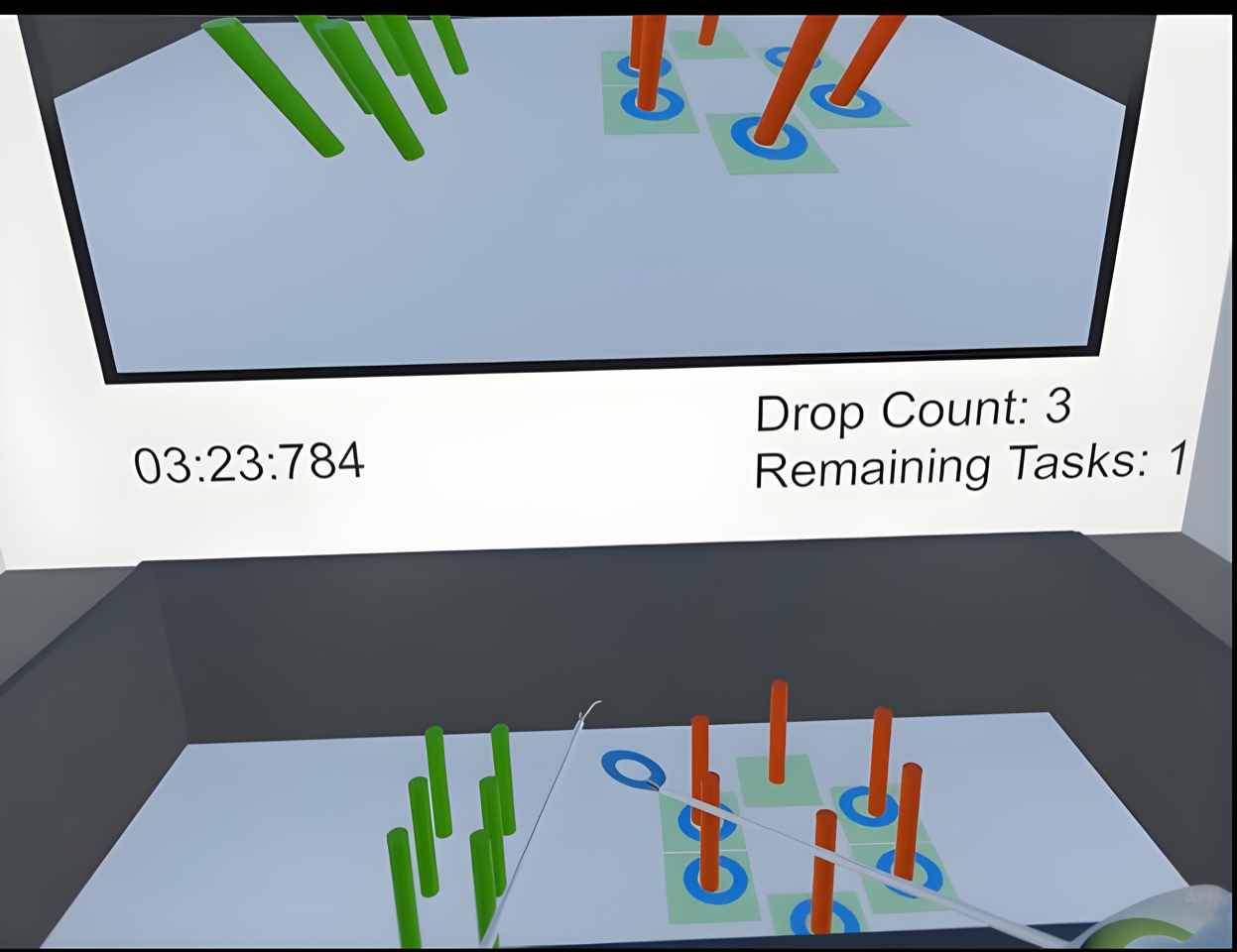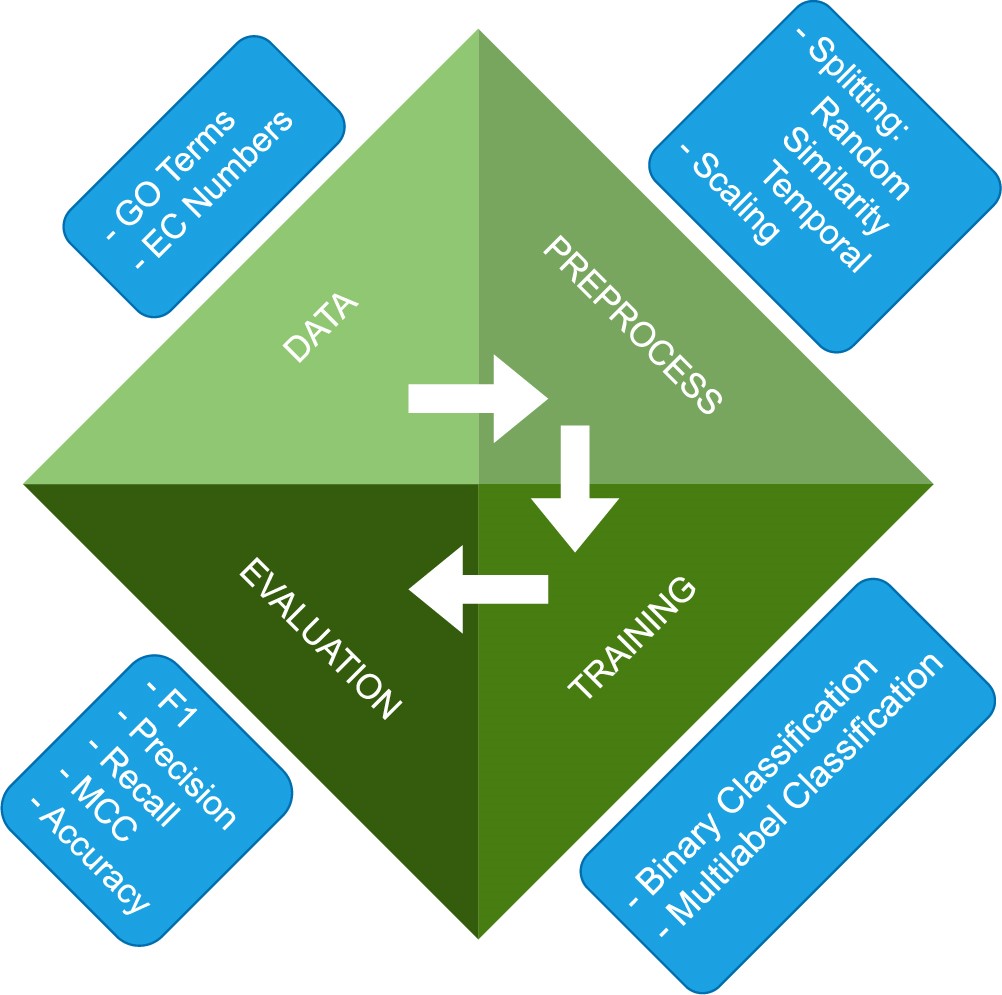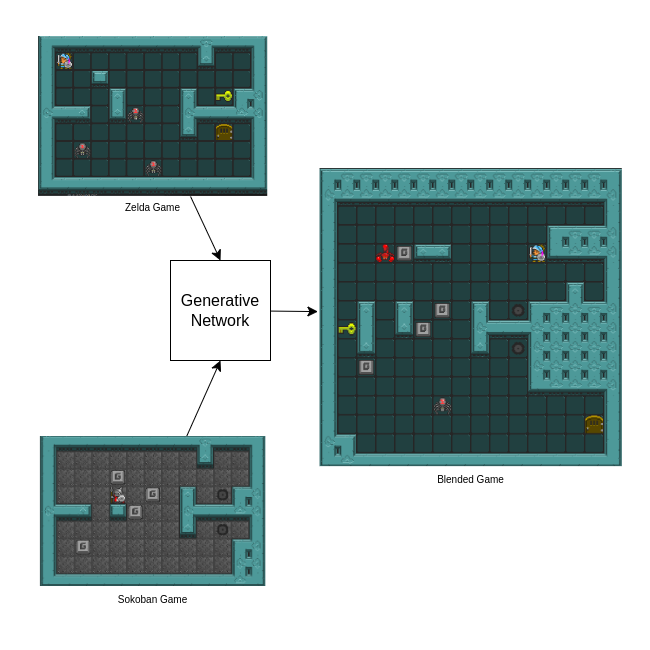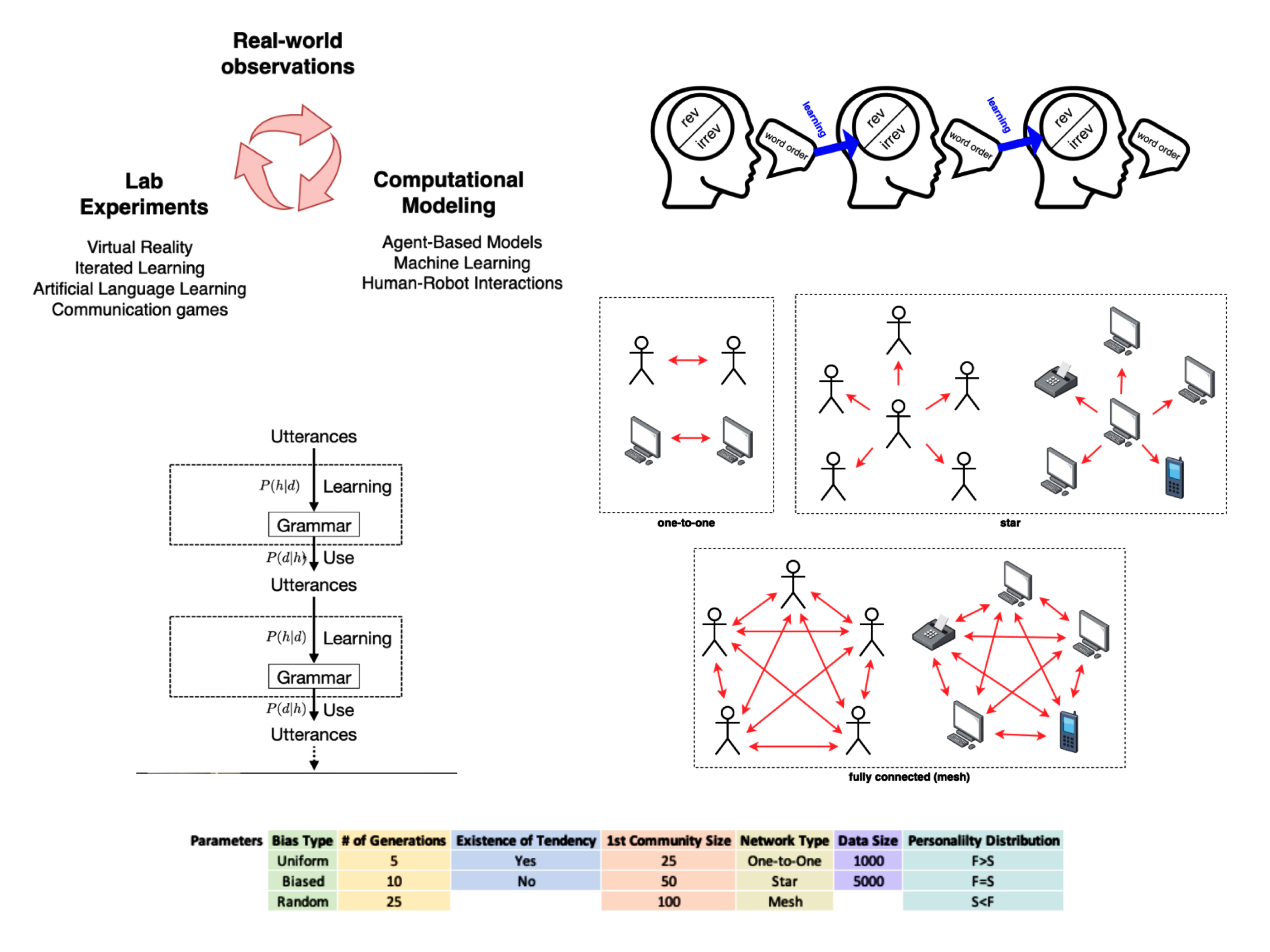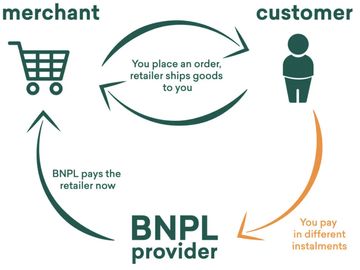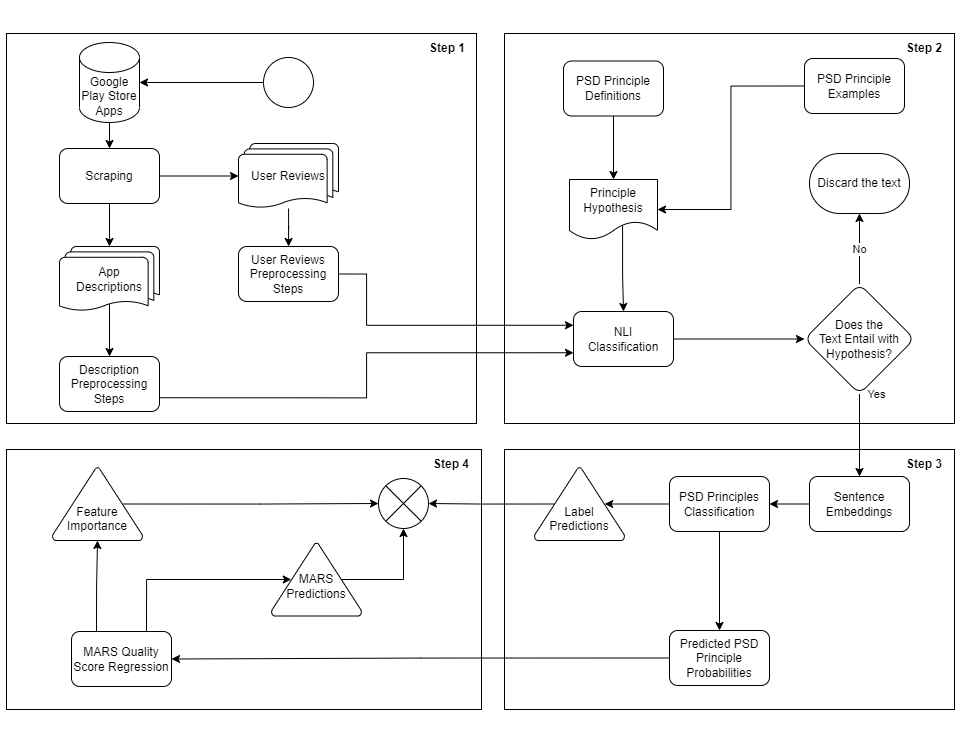Rabia Şeyma Güneş, Forecasting and Reinforcement Learning Strategies for Efficient Energy Exchange in Peer-To-Peer Energy Trading Game Among Nano/Micro Grids: Empirical Analysis
New technologies in distributed energy systems offer solutions for managing demand and generation variability in the grid. Trade between small grids allows cost reduction and system flexibility. This thesis proposes Multi-Agent Reinforcement Learning model for short-term energy trading among peers. It integrates short-term forecasts for load, generation, and price, leading to more accurate decision-making. Real-world data simulations demonstrate improved efficiency and stability compared to rule-based agents. This approach empowers prosumers to respond effectively to dynamic energy markets, enhancing grid reliability, energy efficiency, and sustainability.
Date: 07.09.2023 / 11:30 Place: -
